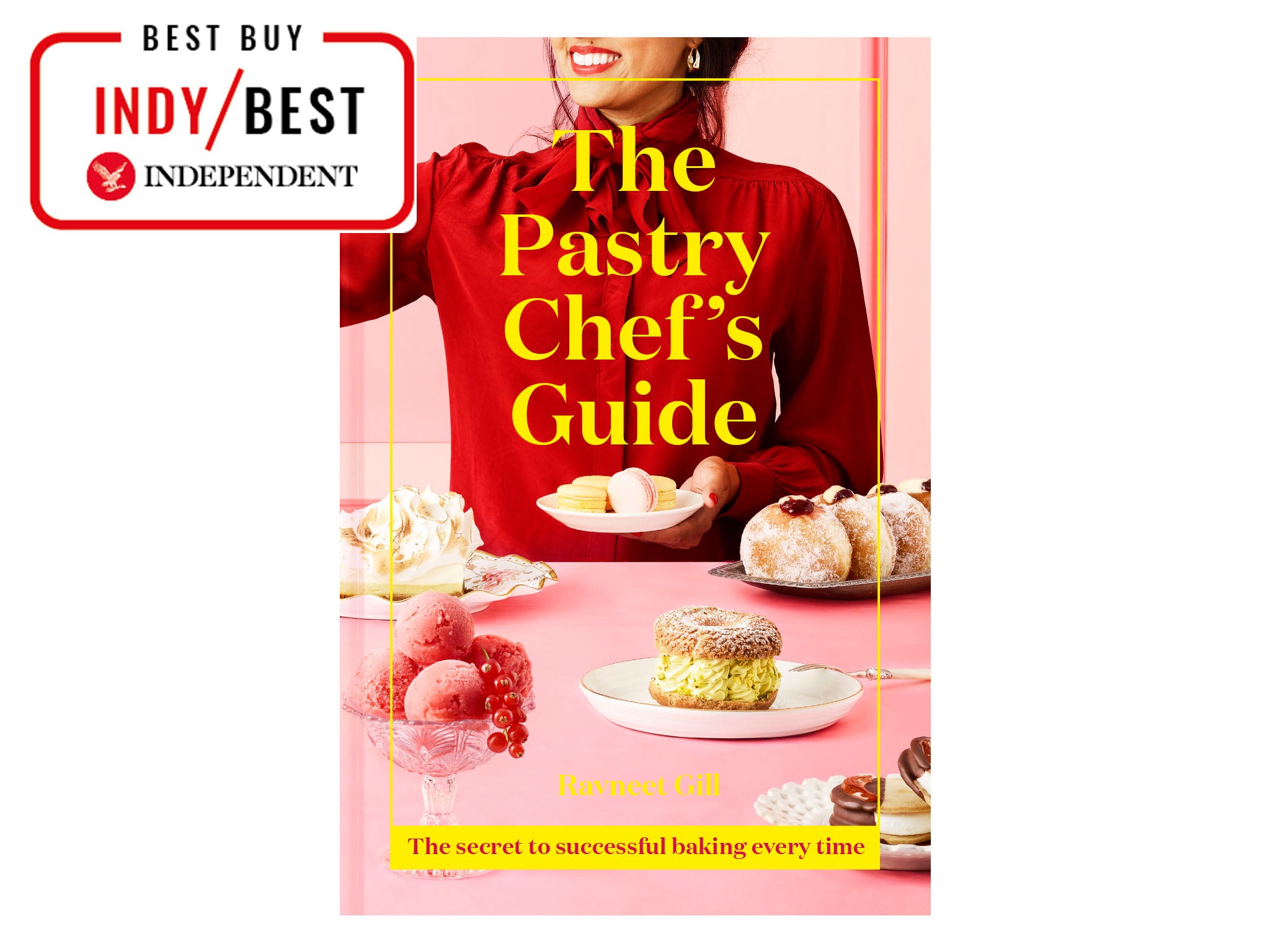
The Independent's journalism is supported by our readers. When you purchase through links on our site, we may earn commission. Why trust us?
10 best baking books: From Mary Berry to Yotam Ottolenghi
From macarons to Nordic loafs and pumpkin pie, get inspired in the kitchen
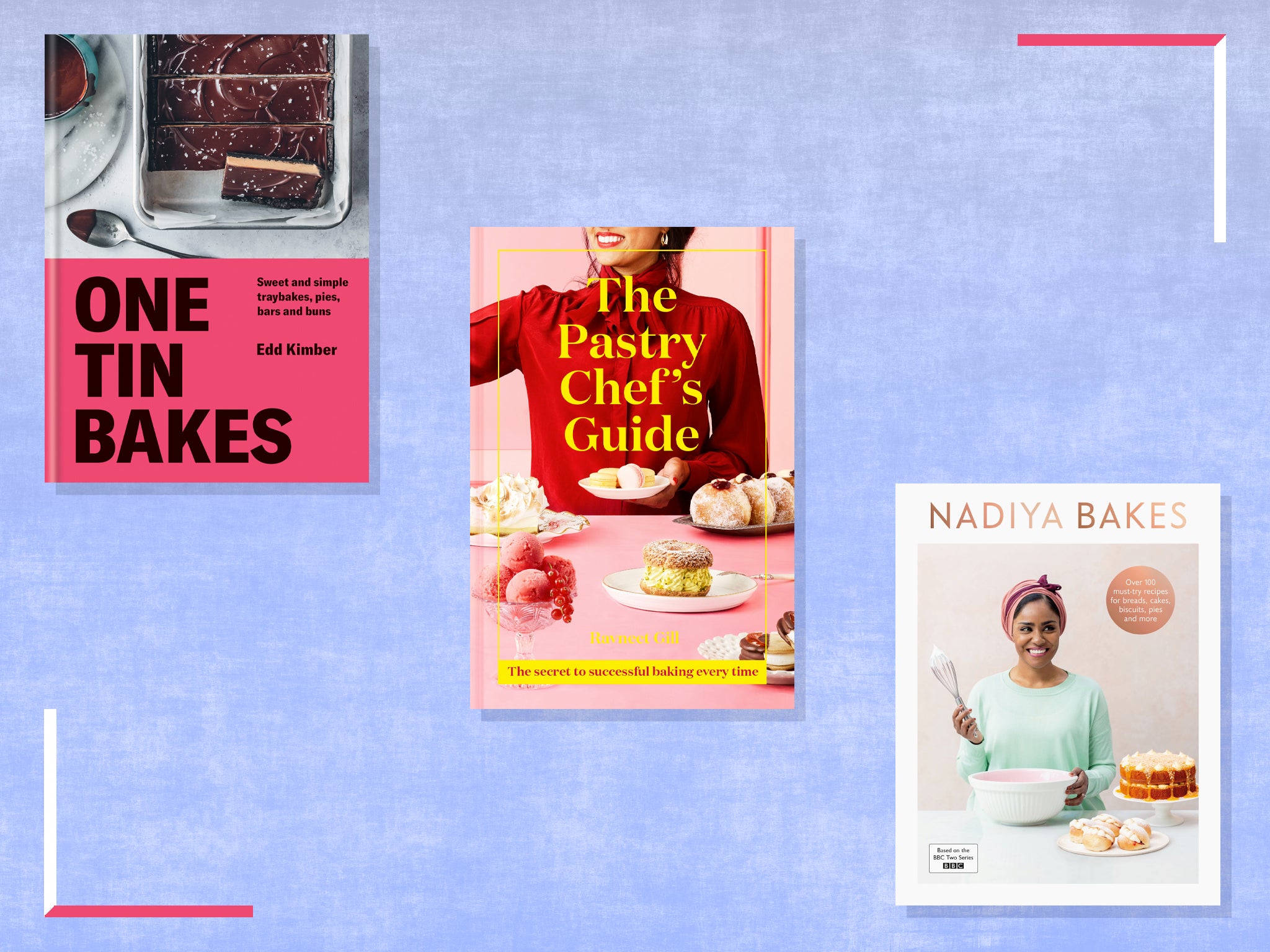
- 1
 2
2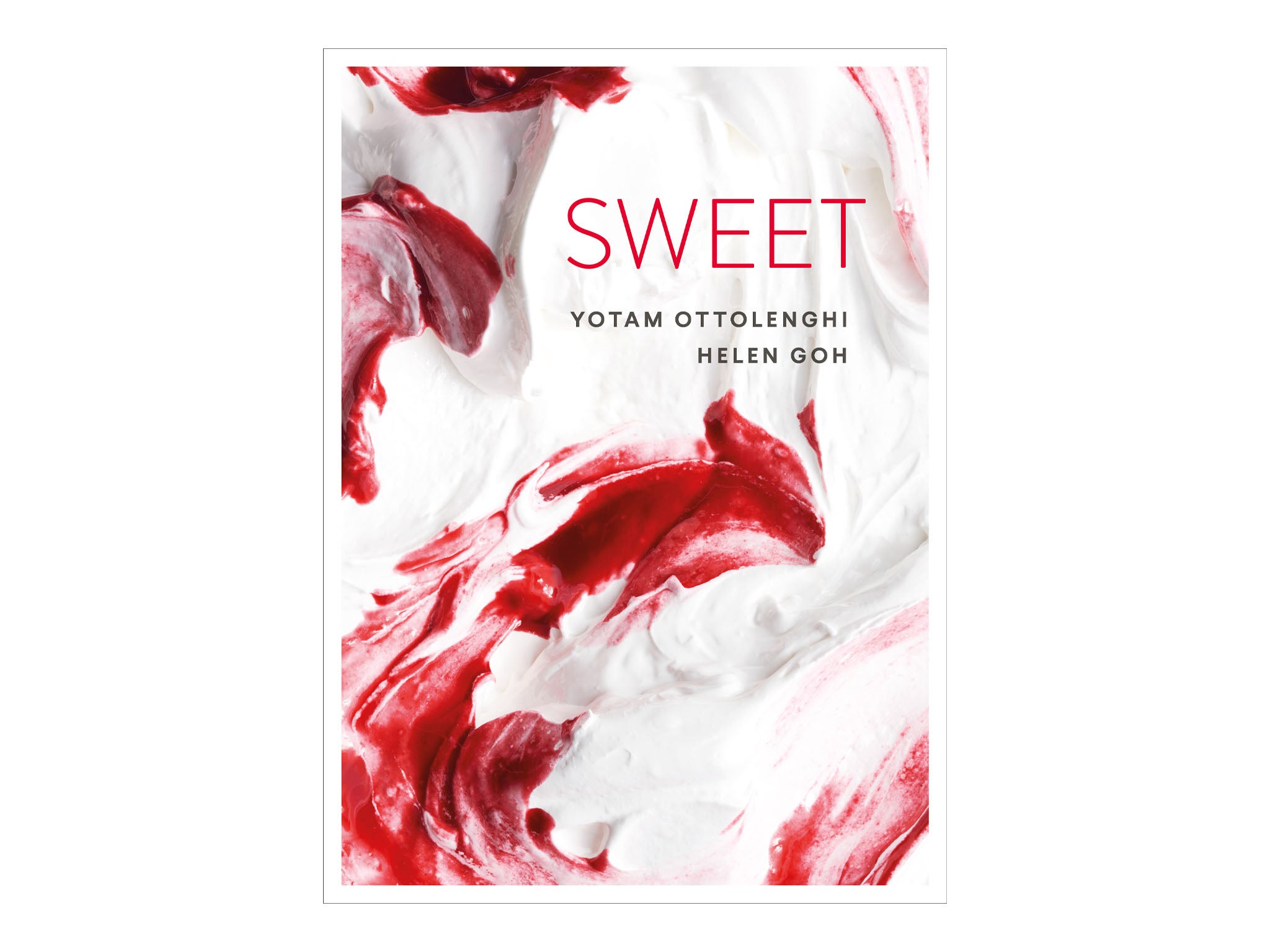
- 3
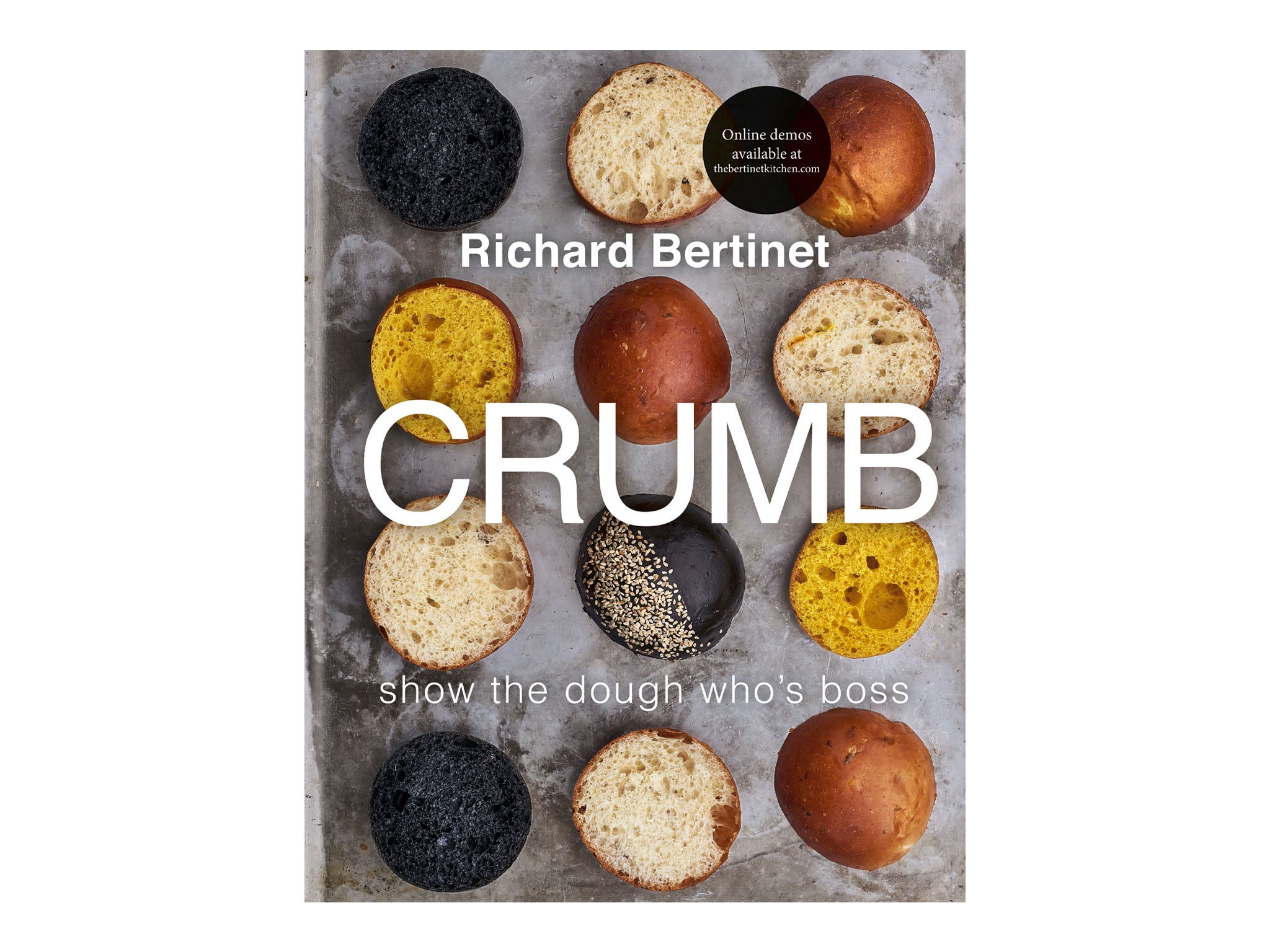 4
4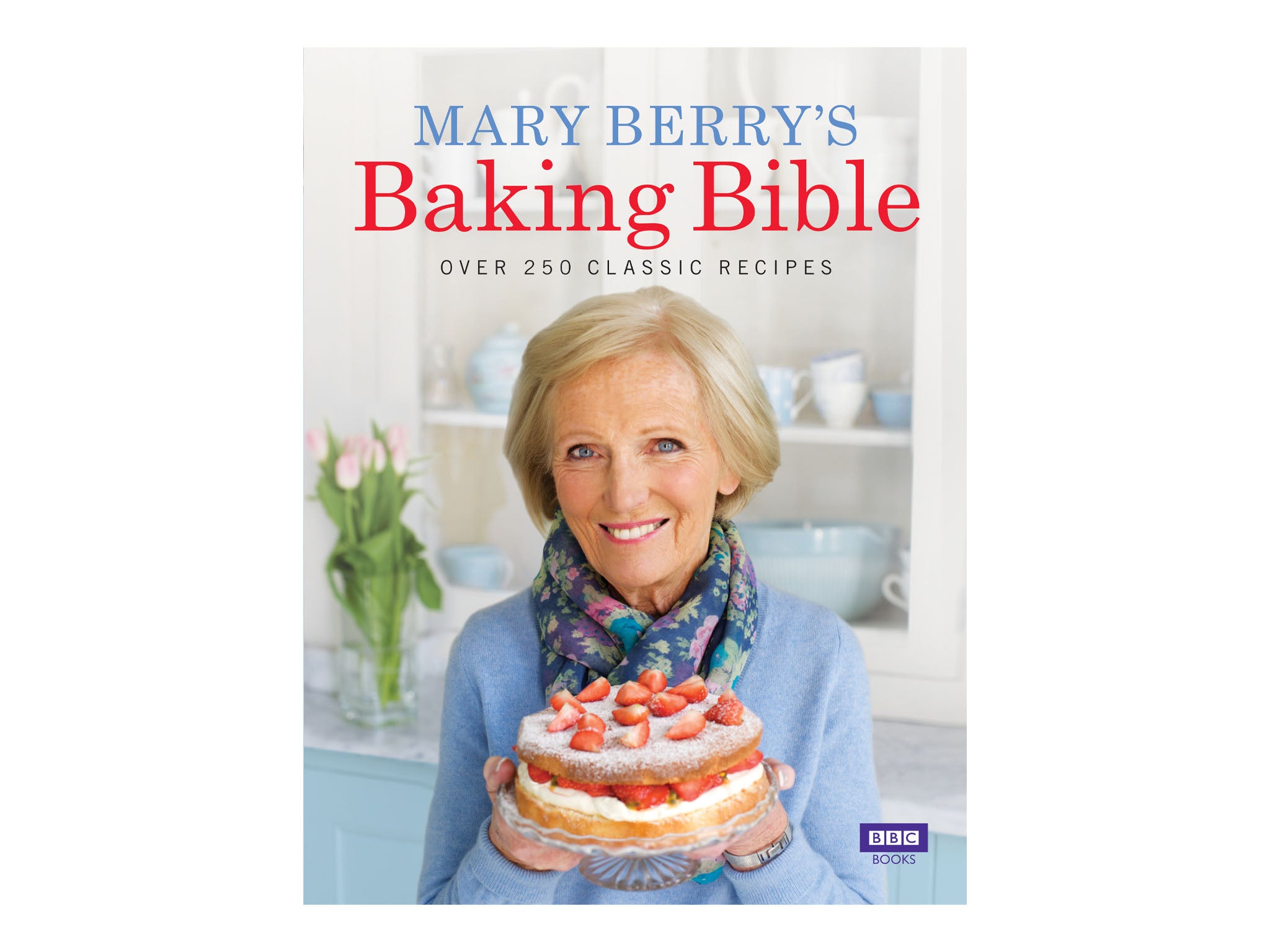
- 5
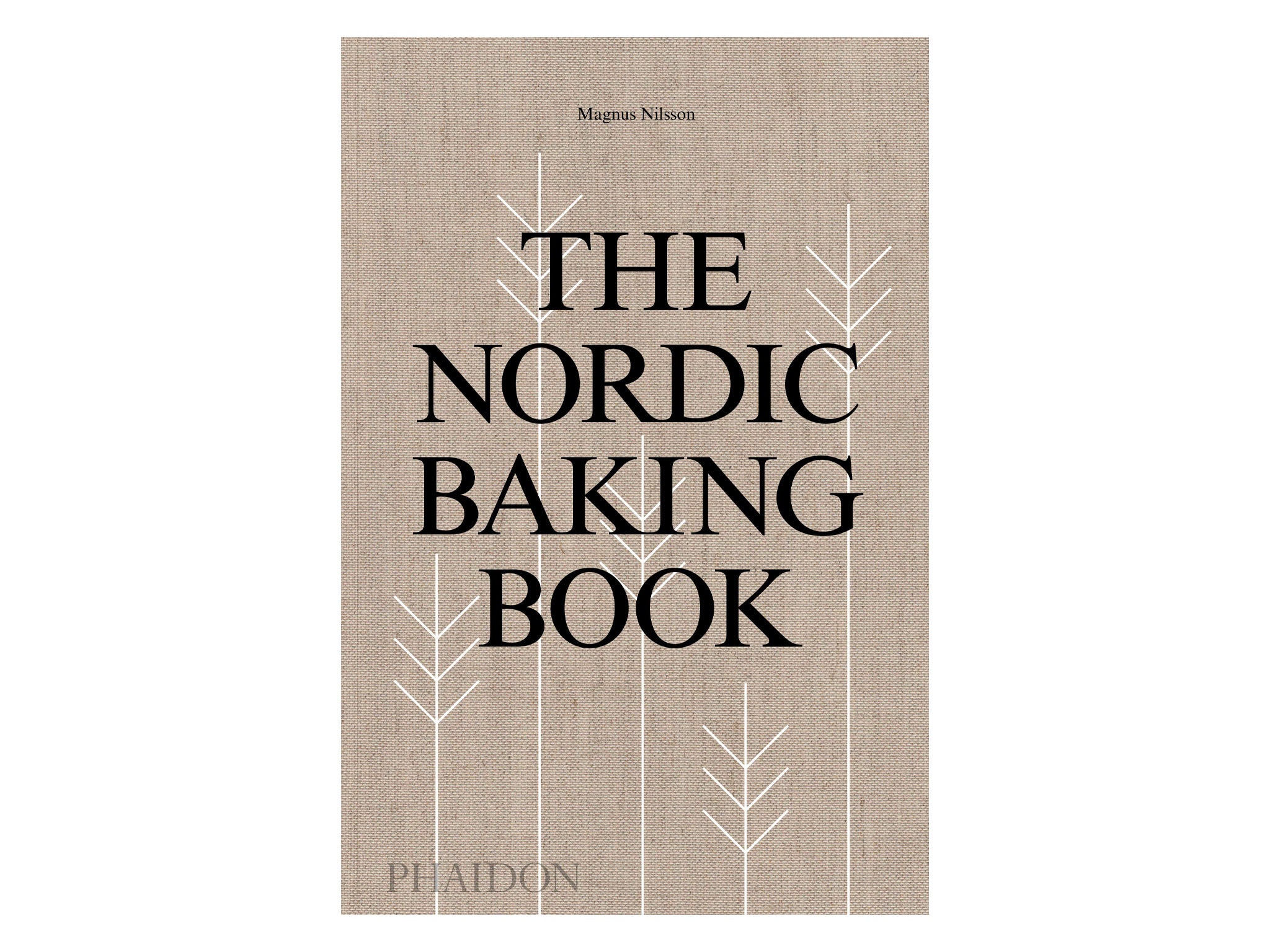 6
6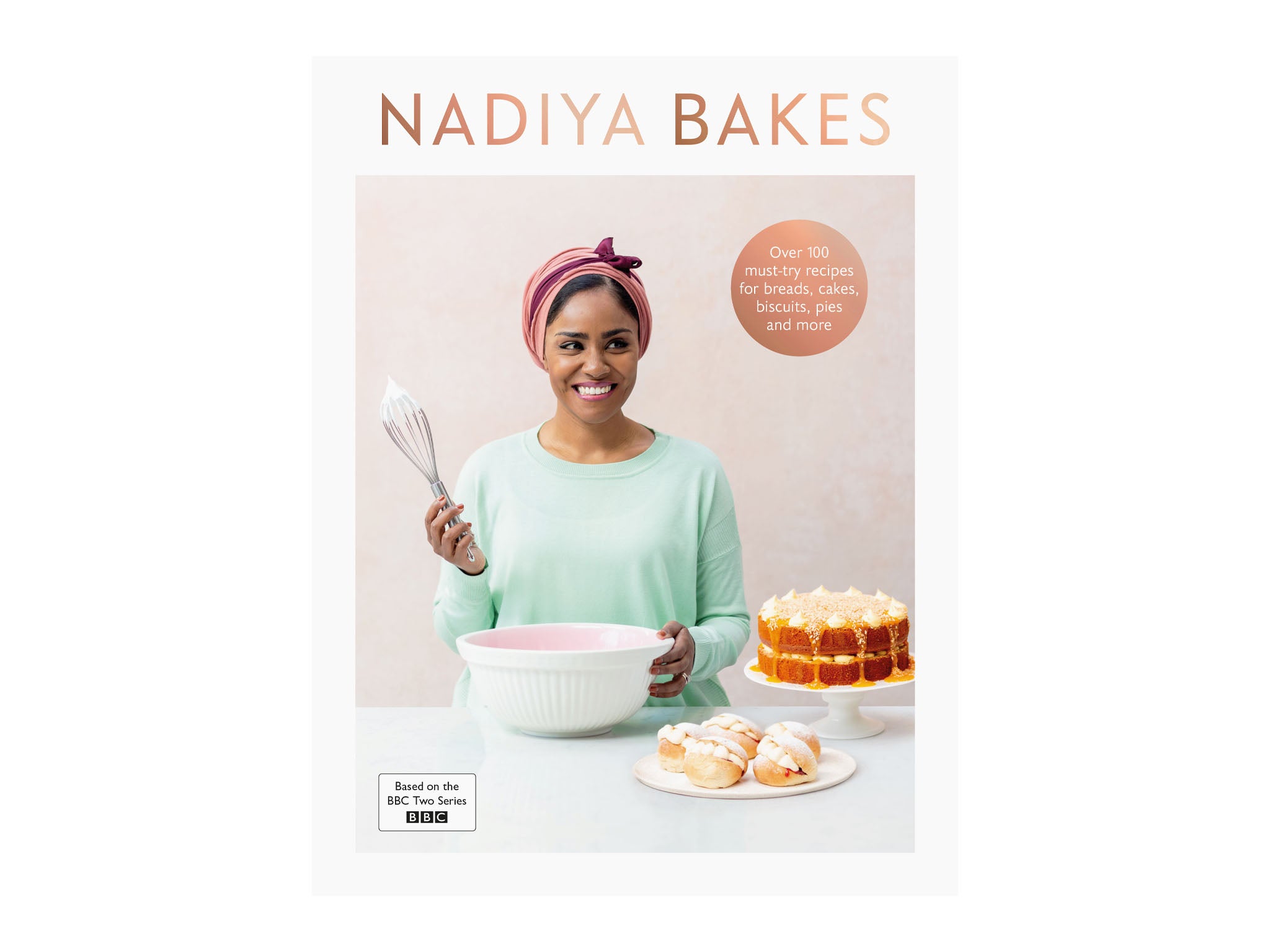
- 7
 8
8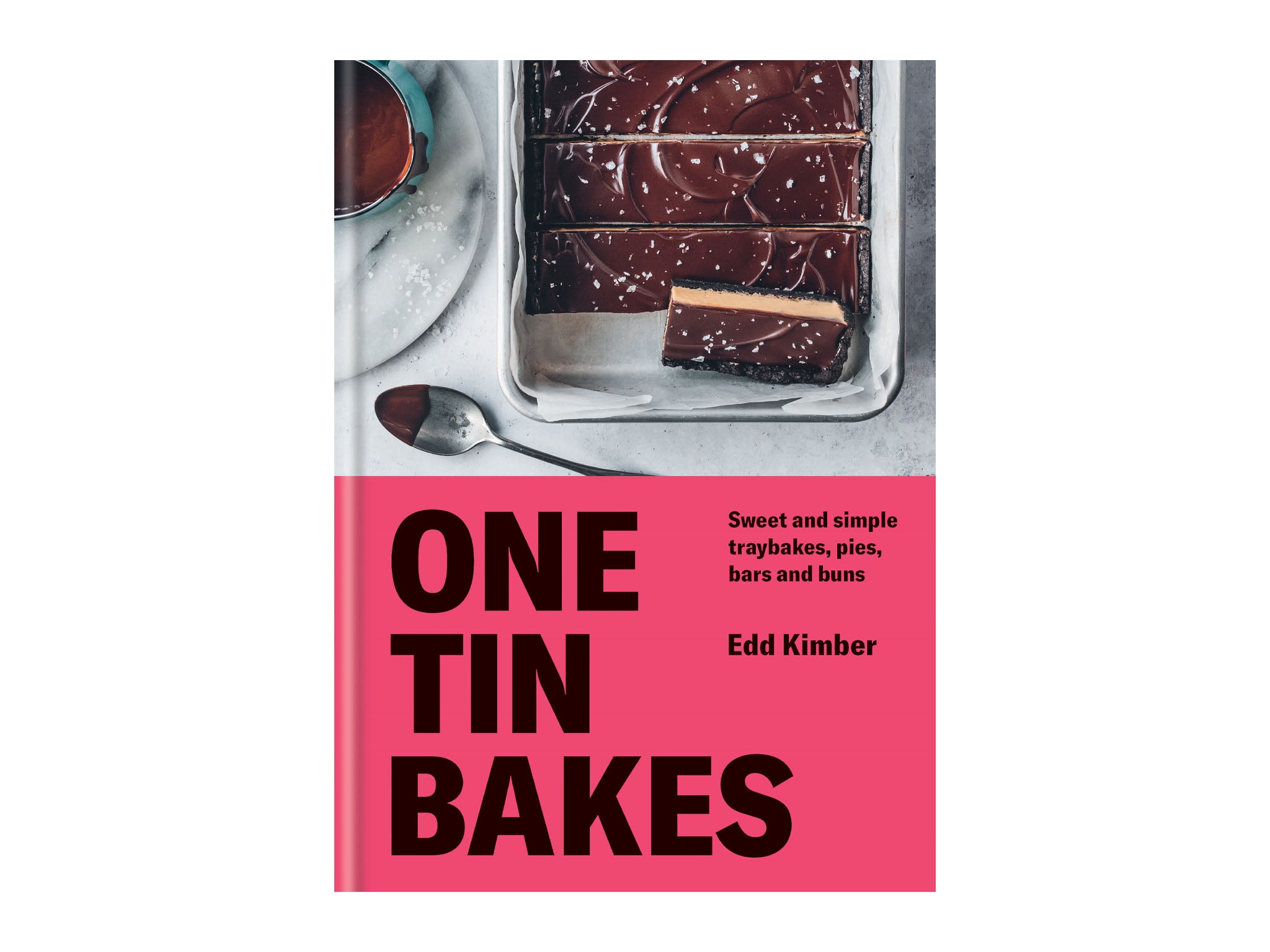
- 9
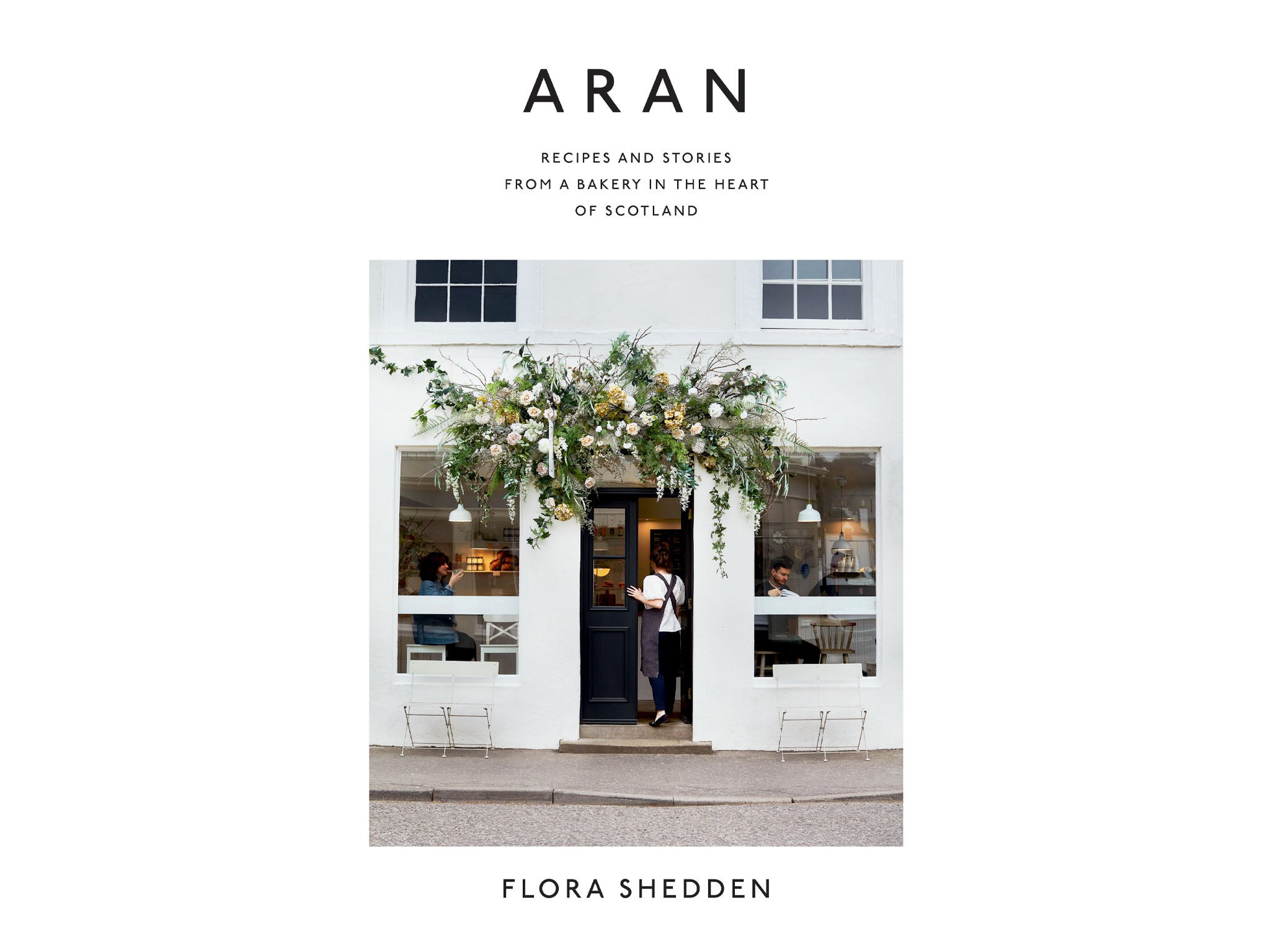 10
10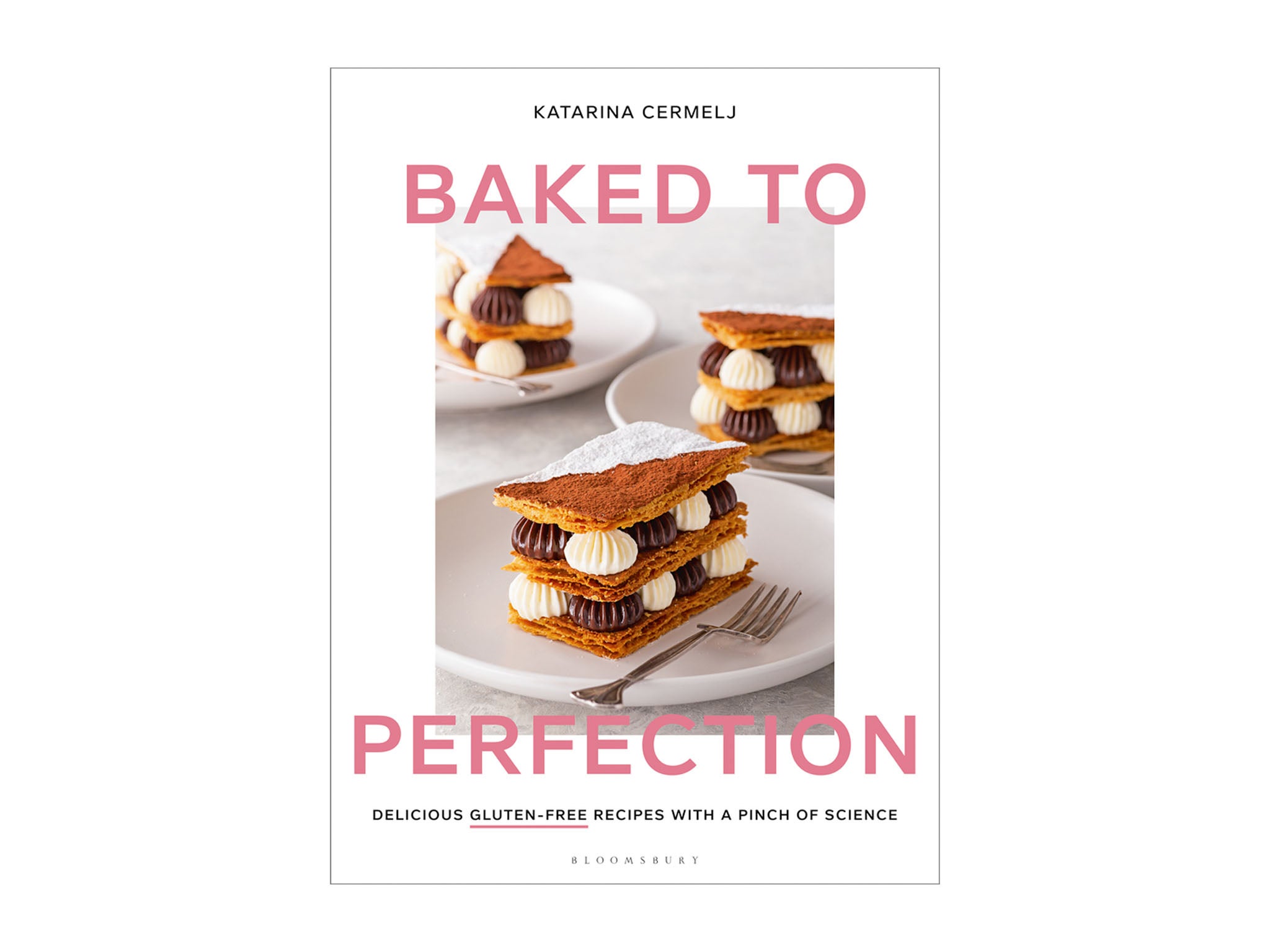
We’ve had a lot to thank banana bread for over the last year. Shut indoors with nothing better to do than stare at the overripe fruit browning in bowls in our kitchens, this crowd-pleasing loaf was the official sponsor of 2020.
It dominated our Instagram feeds and kept us occupied (not to mention fed) throughout numerous lockdowns of varying severity. Just so long as we could get our hands on a bag of flour.
It united us in our newfound inclination to invest in digital scales and hand whisks and sparked a baking renaissance. More about science and less about instinct, baking is a very different beast from cooking.
But although there are a dizzying number of variables standing between you and that light-as-air Victoria sponge, Insta-worthy sourdough loaf or perfectly soft-in-the-middle cookies, the right recipe – and the right author – can lead you to sweet, sweet victory.
Whether you want to maximise your rise, achieve faultless flavour or crack the perfect crumb, these books have your back.
Read more:
- 8 best healthy cookbooks: Easy recipes to kickstart the new year
- 10 best gluten-free cookbooks to kick coeliac disease in the gut
- 9 best Nigella Lawson cookbooks: Tried, tested and delicious
- 13 best cookbooks for beginners to build confidence in the kitchen
They’re just as great for novices who are tentatively dipping their toe into the buttercream-laced depths of bakery as they are for seasoned pros in pursuit of challenge and inspiration.
You can trust our independent reviews. We may earn commission from some of the retailers, but we never allow this to influence selections, which are formed from real-world testing and expert advice. This revenue helps to fund journalism across The Independent.
1‘The Pastry Chef’s Guide’ by Ravneet Gill, published by Pavilion

This cool, straight-talking pastry chef is out to demystify desserts. Ravneet’s practical, contemporary-feeling debut book is the culmination of seven years spent in professional kitchens, its insider knowledge and recipes having been collected and conceived by her along the way. As well as pastry (tarts, pies, puff and choux), all manner of traditional and contemporary treats are covered, from cookies to cakes, pavlovas to parfait.
Instructions are clear and to the point, offering pro advice to minimise the margin of error, and troubleshooting in case something does go awry. Simple how-to illustrations accompany some recipes, while fun, retro-look photos of finished dishes are splashed over glossy fold-outs. Trickier recipes like macarons (those untrustworthy little blighters) come with tips and tricks, while methods such as tempering chocolate give various options to suit your skills and your kitchen gear (or lack thereof).
2'Sweet' by Yotam Ottolenghi and Helen Goh, published by Ebury Press

The recipes in Sweet have all the character and colour that Ottolenghi is celebrated for in his savoury dishes. You’ll find no back-to-basics recipes here – even the Victoria sponge comes with a white-chocolate-based twist.
That said, there are no better hands to be in when you’re getting experimental in the kitchen than those attached to Yotam and his recipe developer and co-author, Helen. Whether you’re tackling the halva and tahini-flavoured riff on the classic brownie or the striking lemon and blackcurrant stripe cake, you’ll be led by detailed instructions complete with thoughtful reassurances, and helpful advice on markers to look out for throughout the process.
3‘Crumb’ by Richard Bertinet, published by Kyle Books

A light, bubbly sourdough with a perfectly crackled crust is what we all want to be pulling out of our ovens after patiently nurturing that starter and spending the whole weekend methodically working and resting our dough.
Crumb helps to nudge that dream loaf into reality. Armed with his unique kneading technique, designed to trap more air inside the dough, Richard Bertinet helps to develop our baking instincts by covering the “why” as well as the “how” in this catalogue of savoury bakes. Step-by-step photos are designed to help us nail technique – whether we’re making breads like sourdough (loaves, crackers or pizza bases) or pastries like glistening cinnamon knots.
4‘Mary Berry’s Baking Bible’ by Mary Berry, published by BBC Books

No top 10 list of baking books is complete without the godmother of baking and her bona fide pearls of culinary wisdom. Of course, there’s no shortage of Mary Berry recipes out there, but this collection of 250 of them is a great place for novices to kick off their education in all things baking.
This bible starts at the very beginning (we hear it’s a very good place to start), with an introduction to the essential kit, staple ingredients and common terminology that permeates the flour-dusted world of baking. Recipe-wise, expect the old-school classics – we’re talking swiss roll, Vicky sponge, fruitcake and scones. If you ace level “cake” and want a bit more of a challenge, turn to the breads, meringues and soufflés.
5‘The Nordic Baking Book’ by Magnus Nilsson, published by Phaidon

Tipping the £30 mark, this tome is an investment. But rest assured your return will be substantial – namely the 450 recipes it clutches among its pages. They’re the result of globally renowned chef Magnus Nilsson’s envious travels throughout the Nordic region, which is well known the world over for its assortment of traditional bakes.
One for the curious, experimental and confident baker, this book’s recipes are varied and images beautiful but sparse, so be prepared to trust your instincts when you set out to make the likes of Finnish sweet and sour loaf, open vanilla cream buns and Danish marzipan Napoleon hats.
6‘Nadiya Bakes’ by Nadia Hussain, published by Michael Joseph

Rooted in classic bakes, these recipes take turn after surprising turn to arrive at imaginative flavour combinations, clever hybrids and beautiful designs. Written with the 2015 Bake Off winner’s trademark warmth and humility, this book avoids any whiff of intimidation as it bounces from cakes to biscuits, breads to tarts. Each recipe helpfully includes prep and cook time as well as details of how long each bake will keep for – although the chances of leftovers are low to nil.
The pull-apart muffin cake is ideal to feed a birthday party crowd, while the orange and lemongrass meringue pie is a great twist on a dinner party classic. Nadiya’s clear and straightforward instructions help you take on ambitious and experimental bakes with a dry brow and steady hand.
7‘The Pie Room’ by Calum Franklin, published by Bloomsbury Absolute

If you’re looking to take your savoury baking game up a notch or six, Calum is the person to help you. What this London chef doesn’t know about pies there’s no need to learn. After quick notes on some of the basic principles of pastry – egg washing, rolling, mould-lining and decorating – you’re suddenly tumbling into the world of shortcrust, puff and suet – and everything in between.
The clear, comprehensive methods are designed to make each style of pastry accessible for any level of home cook, meaning you’ll be whipping up batches of suet pastry for a venison and bone marrow pie or classic layered puff pastry for the most impressive Wellington you’ve ever made, with new confidence.
8‘One Tin Bakes’, Edd Kimber, published by Kyle Books

Wielding that bakeware staple – a standard-issue brownie tin – Edd Kimber makes a convincing argument for the fact that you don’t need cupboards brimming with equipment or an unattainably roomy kitchen to create some seriously delicious cakes, cookies, tarts and bars.
If there are limitations to using just one baking vessel for a whole book, they’re far from apparent in the range of novel, clever recipes. Nope, this isn’t the catalogue of straight-up traybakes that you might imagine. This book takes inspiration from around the world: expect Mexcian-inspired tres leches cake; a riff on US favourite, pumpkin pie; Japanese-influenced roll cake, flavoured – and coloured – by vibrant green matcha; and Australian lamingtons.
9‘Aran’ by Flora Shedden, published by Hardie Grant

Any baker who’s dreamt of turning their hobby into a lifestyle will find their aspirations echoed in the pages of Aran, named after author Flora Shedden’s own bakery-dream-turned-reality. The book charts a day in the life of a bakery, starting, as those in the production kitchen do, with breads (think sourdough, fig and fennel loaf, focaccia) before moving onto pastries, then cakes, through to savouries and onwards.
From breakfast staples like sourdough crumpets to deli favourites such as sausage rolls (four types, no less) and high tea treats like walnut and vanilla eclairs, Aran coves a breadth of sweet and savoury recipes and includes sandwiches, jams and flavoured butters to put your bakes to work with.
10‘Baked to Perfection’ by Katarina Cermelj, published by Bloomsbury

When it comes to nailing gluten-free baking and managing alternative ingredients’ behaviours in the oven, things can get pretty technical. Luckily, with a PhD in chemistry under her belt, Katarina Cermelj has geeked out about it all, so we don’t have to. Her debut book is part science lesson (the fun kind, honest) and part home economics, making the process of getting to grips with baking sans gluten approachable to home cooks who don’t have a science degree in their back pockets.
For those that want it, there is plenty of theory – happily written in plain English – but if it’s just gluten-free recipes that work you’re after, this book will serve you too. Cakes, cookies, pastry and bread are covered here, with methods containing reassuring levels of detail, without being fussy or dense.
The verdict: Baking books
With its no-nonsense attitude and detailed recipe methods that go above and beyond the call of duty, The Pastry Chef’s Guide just edges it for us. Its modern feel, reassuring tone and pro chef insights have us feeling eager to once and for all crack the art of glossy ganache, airy doughnuts and consistent macarons.
If an image opposite each recipe is non-negotiable for you, though, Nadia Bakes will see you right. And for those who are all about the savoury bakes, The Pie Room, with its impressive feats of pastry engineering, is a book you’ll come back to again and again.
For a no-fuss baking experience, these are the best cake tins to make your showstoppers in